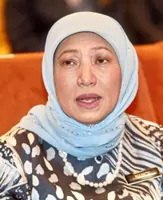Millions of citizen contributions from around the world are widening the scope of scientific research and making it more precise and consistent. — Photo by Piotr Cichosz on Unsplash
Whether diving off a private yacht in a remote latitude or having a quiet night in at home, citizens of the planet are contributing to the scientific study of climate change through extraordinary and also mundane ways.
Citizen science – which involves crowd-sourcing data for scientific research – got a boost during the early days of coronavirus pandemic lockdowns. As the skies cleared and cities went silent, people started to notice their impact on the world around them. And many of these casual observers – thanks to smartphones and Internet access – have found ways to add their findings to scientific work.
Already a subscriber? Log in
Save 30% OFF The Star Digital Access
Cancel anytime. Ad-free. Unlimited access with perks.





